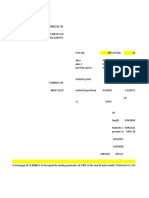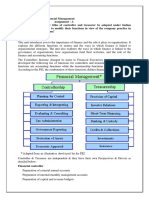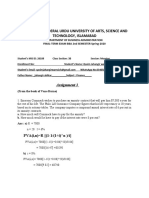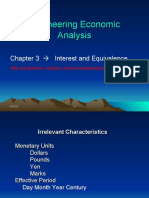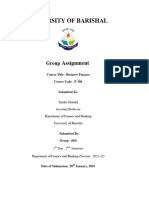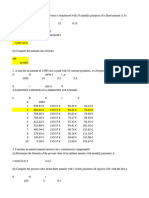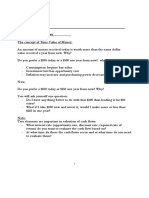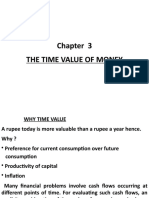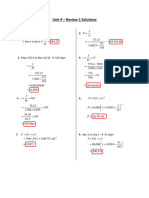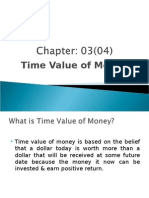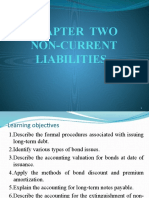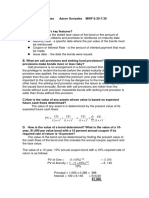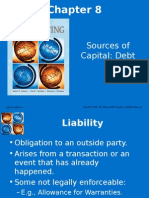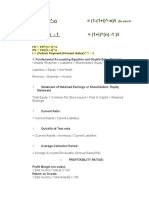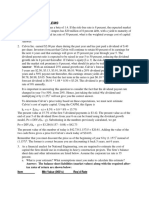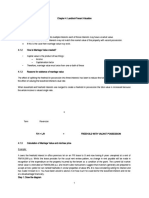0% found this document useful (0 votes)
101 views7 pagesChapter Solutions
1) To summarize the key points:
- The document provides examples of calculating future values and present values of ordinary annuities using formulas, with adjustments made for compounding periods.
- It also sets up an amortization schedule for a $25,000 loan repaid over 5 years at 10% interest to show the yearly payments, interest, principal, and remaining balance.
- Additional questions are provided as examples, such as calculating interest rates, future/present values, and lengths of loans.
Uploaded by
Fakhir ZaidiCopyright
© © All Rights Reserved
We take content rights seriously. If you suspect this is your content, claim it here.
Available Formats
Download as DOCX, PDF, TXT or read online on Scribd
0% found this document useful (0 votes)
101 views7 pagesChapter Solutions
1) To summarize the key points:
- The document provides examples of calculating future values and present values of ordinary annuities using formulas, with adjustments made for compounding periods.
- It also sets up an amortization schedule for a $25,000 loan repaid over 5 years at 10% interest to show the yearly payments, interest, principal, and remaining balance.
- Additional questions are provided as examples, such as calculating interest rates, future/present values, and lengths of loans.
Uploaded by
Fakhir ZaidiCopyright
© © All Rights Reserved
We take content rights seriously. If you suspect this is your content, claim it here.
Available Formats
Download as DOCX, PDF, TXT or read online on Scribd
/ 7








